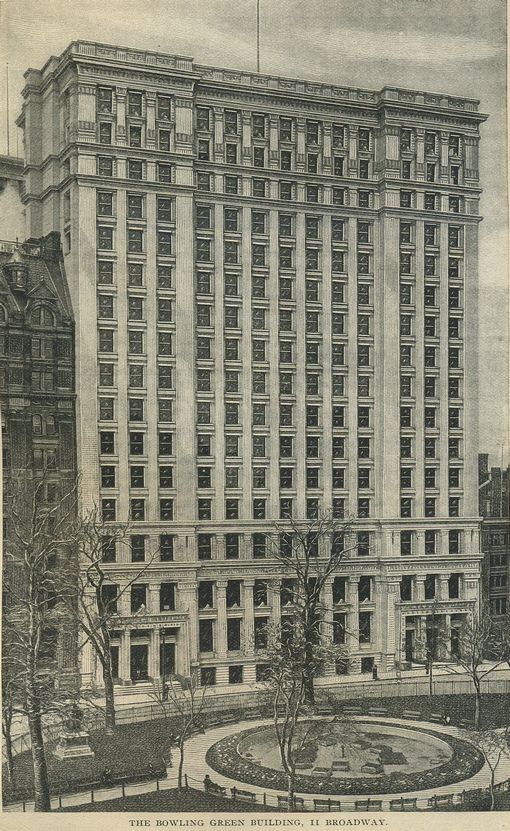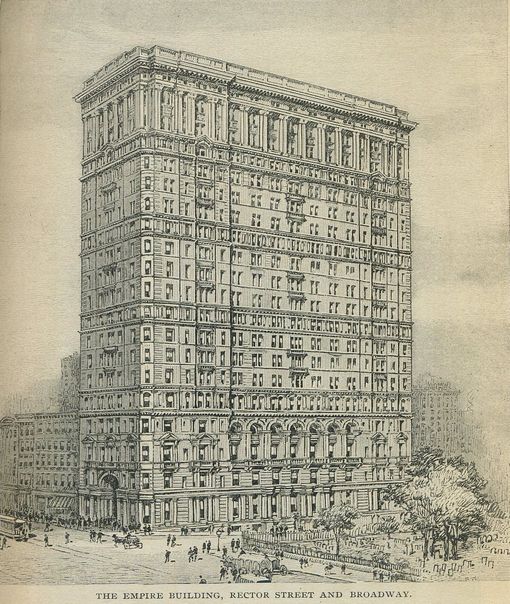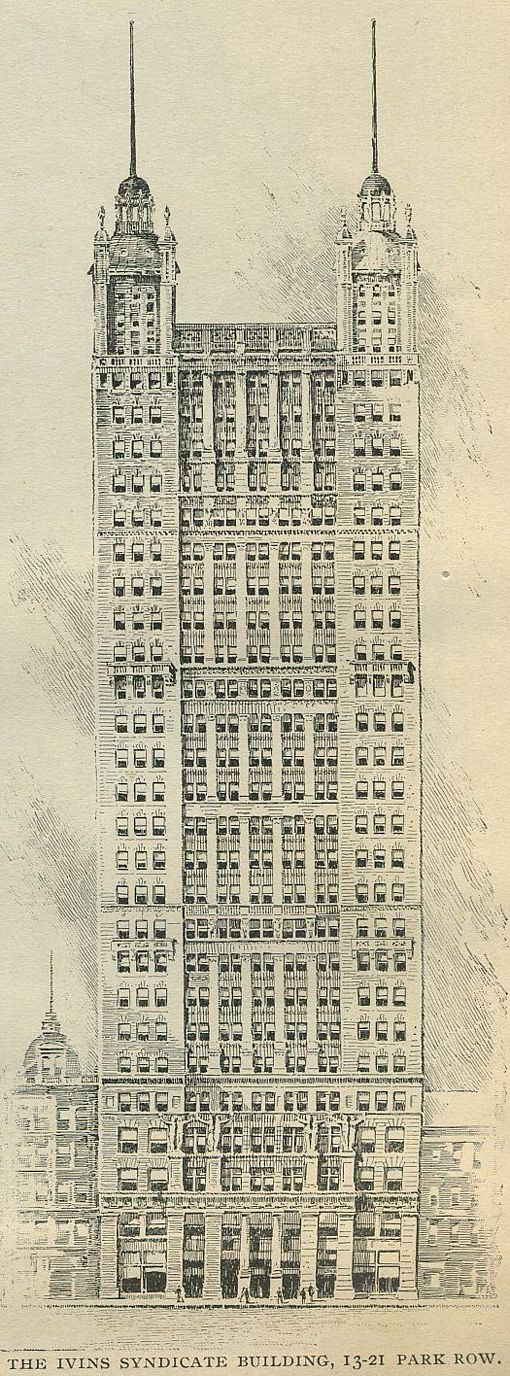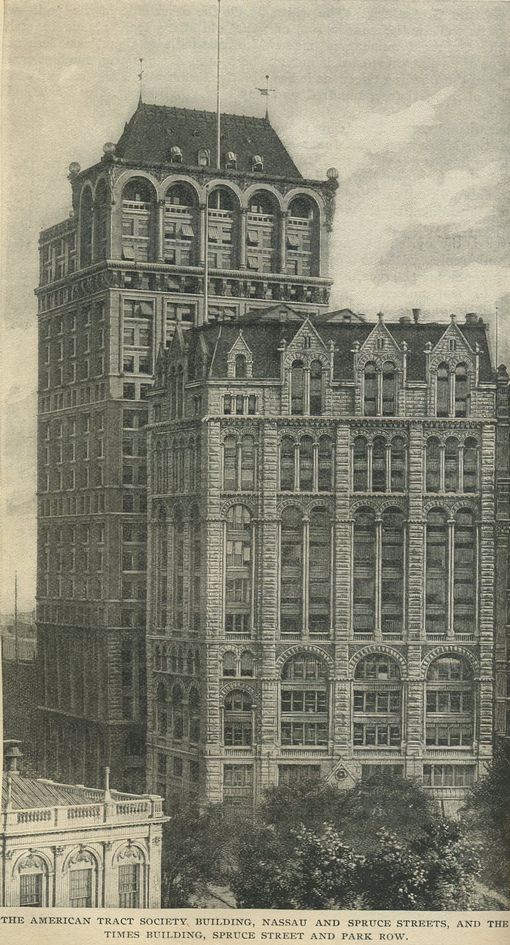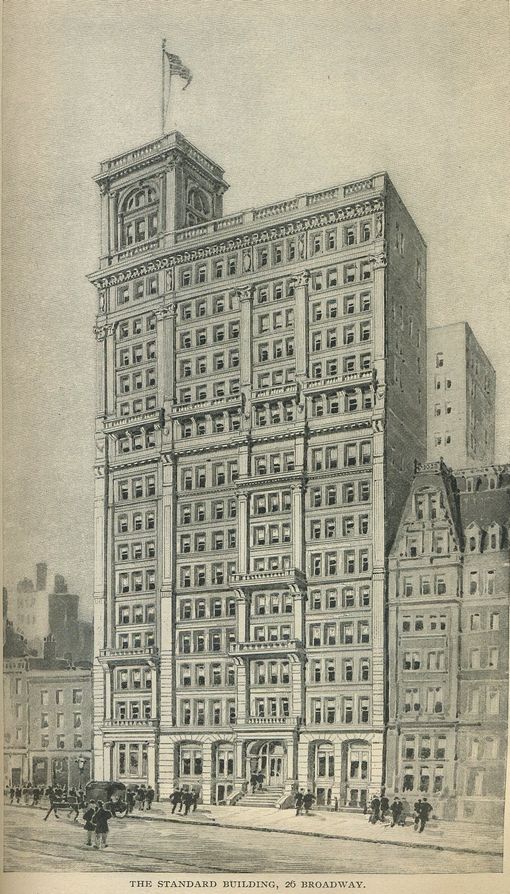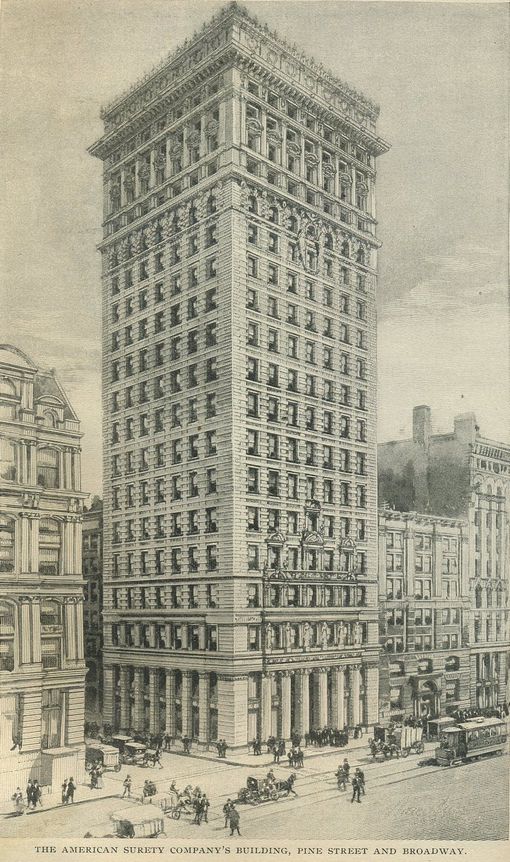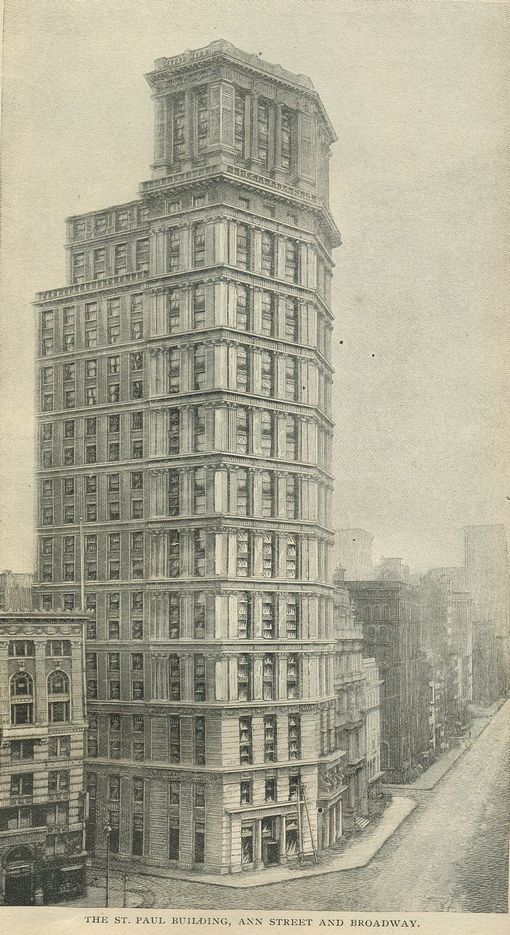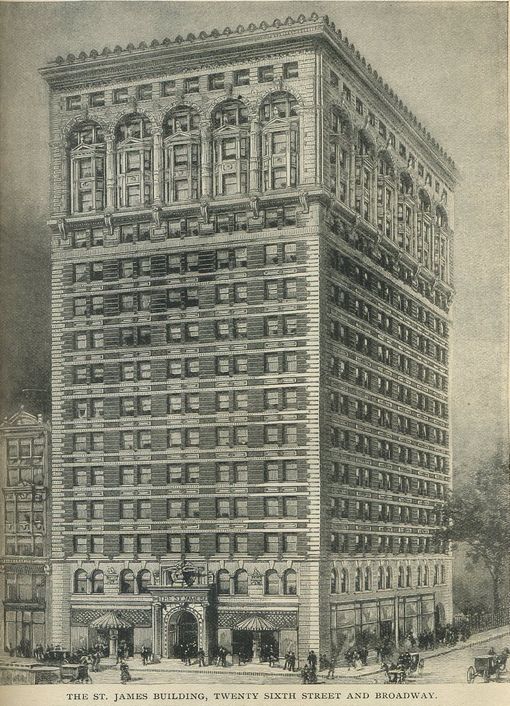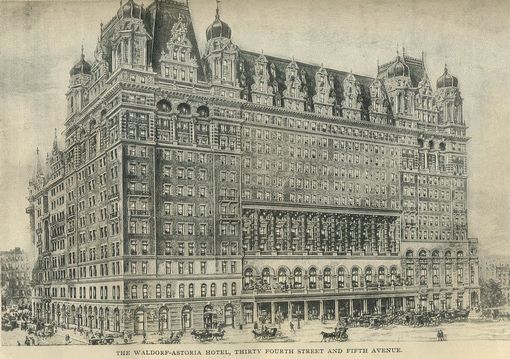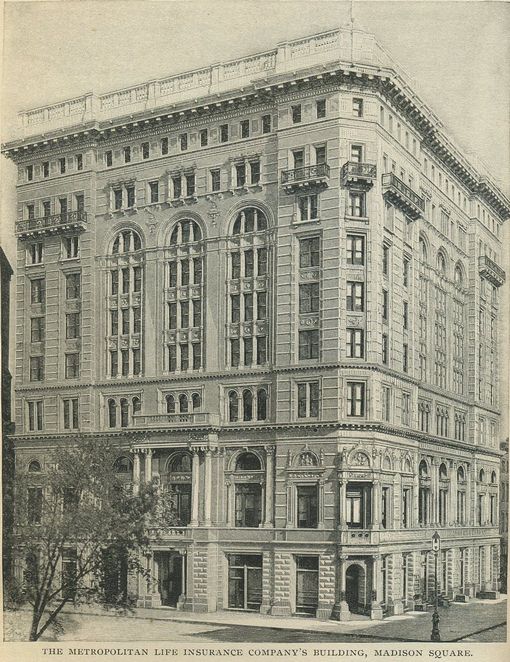Munsey really is just tooting his own horn in his “Publisher’s Desk” column inside the March 1898 issue of his magazine, but his first person account of why his magazine, Munsey’s Magazine, is the best magazine is addressed to the reader in such a personal way that the writing style doesn’t feel much different than the dozen of blog posts I’ve already read today.
He spends two entire double column pages explaining why Munsey’s Magazine is the superior monthly, even including the comparative chart reproduced on this page below to show why Munsey’s is superior to Harper’s, Scribner’s, Century and McClure’s Magazines.
Munsey’s editorial contains four sub-headings. Surely if Frank Munsey were around today he’d have easily managed four separate blog posts out of these, but as he only had a precise amount of space on a timed monthly basis the wealth of content is understandable.
It Doesn’t Hit the Munsey
Munsey begins his commentary by quoting a paragraph from The Albany Express which complains that magazines have a greater regard for their advertisers than their readers. The way the pages were cut in a recent issue of McClure’s is given as a prime example of this position.
See, way back when, not only were magazines printed on paper, but the pages which comprised an issue were not always cut. The reader would have to separate the pages themselves with a knife or other sharp edged device in order to completely page through the issue.
The Albany Express has noticed while most editorial matter is left to the readers to cut that the pages containing advertising are on leaves which are already cut for them.
Munsey takes this opportunity to tout his publication:
The pages of Munsey’s Magazine are cut, and it is the only magazine in the world whose pages are cut. In this, Munsey’s Magazine leads off again.
He writes that when he first brought up the idea of cut pages he was told it couldn’t be done. As time passed on he felt the market demanded cut pages and if demand was there a solution could be had. Plans were submitted and machines were built.
They were installed several months ago in our printing plant, and since then the pages of Munsey’s Magazine have been cut–not trimmed.
He makes the distinction between cut and trimmed by noting that it would have been much easier just to chop the edges off the pages to make each issue entirely uncut. But that’s not The Munsey’s way, the pages were each sliced along the uncut edges rather than trimmed off.
Munsey then points to the chart and especially picks on McClure’s noting that they only have about half the editorial content as Munsey’s at the same price.
The Munsey is the same size as the thirty five cent magazines. It is as big as the biggest, and has a heap more variety in it.
Still Gaining Handsomely
The discussion then turns to subscription numbers and Munsey talks about sustaining quality on their climb.
Sometimes it is thought a thing can be made too good; sometimes it is said to me that the people don’t appreciate the fact that we are giving so much more for a dime that anybody else is giving; sometimes it is said to me that the people don’t know whether we give a ninety six page magazine or a hundred and sixty page magazine–that The Munsey would have just as big a circulation at half the size.
Munsey discredits such talk and insists that quality will win out in the end. Specifically the quality of The Munsey:
The policy of this magazine has been to give more and more, and always more, for the money. The same policy will be continued throughout this year and the coming years.
Can It Be Done?
This is where Frank Munsey gets as personal as possible. He’s pledging to gain as many readers as he possibly can with hopes of being the first magazine to a circulation of one million. He really wants this and ends the section by putting his money where his mouth is.
First he wonders if it’s even possible to reach a million subscribers noting that three quarters of a million has thus far been the largest circulation number reported by any magazine at any time. The number couldn’t be sustained. He writes that The Munsey is currently at “seven hundred thousand wholly without advertising* and wholly without pushing.”
[message type=”simple” bg_color=”#EEEEEE” color=”#333333″]*The magazine itself carries advertising. Munsey is referring to not having advertised the magazine itself to potential readers.[/message]
We should like to reach the million point, but can we? How can it be done? Is The Munsey good enough to command a circulation of a million? If not, how can it be made good enough and still keep the price where it is today? There are a good many questions that the publisher can’t answer satisfactorily to himself. Imagination doesn’t always carry accurately.
Munsey then declares that he’s willing to spend $250,000 over the next year if that expenditure can be made to push circulation to a legitimate million copies per month. Legitimate in that no “inducement schemes” are offered, legitimate in that the subscriptions be purely on the merit of the magazine itself.
This is a problem that some great genius may be able to work out successfully. If it is worked out, however, it is far more likely that it will be done by the combined suggestions and personal influence of our readers.
Advancing On Other Lines
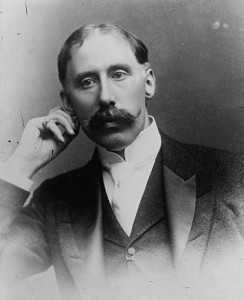
Beyond its large numbers, readers of The Munsey are:
Wide awake, up to date people, people who have money to spend, and spend it with first rate intelligence. These are the people the advertiser wishes to reach, and they are the people he can reach through Munsey’s Magazine.
Munsey brags about his magazine reaching across the entire continent, “From the Atlantic to the Pacific,” and then says that advertisers cannot afford not to advertise in The Munsey.
The modern way of doing business is to do a big business, and to do a big business one must reach out across the continent–reach out to the millions of money spenders.
Summary
In two pages Frank Munsey makes his case for Munsey’s Magazine as the most technological magazine publisher by way of his specially commissioned machine. He uses statistics to prove that Munsey’s has the highest quality content, or at least the highest ratio of content to advertising. He reaches out to every reader basically attempting to crowdsource ideas for reaching his circulation goals. He doesn’t present the quarter of a million dollar offer as a prize, instead he just states that he will spend that much in total towards the goal. Finally he tells the advertisers that they won’t get more bang for their buck anywhere else.
About Munsey’s Magazine
Munsey’s Magazine actually began as a weekly and it was failing. At the time of the 1893 panic Munsey was $100,000 in debt (Peterson 9). How’d he turn it around?
He executed a brilliant idea and then, contrary to what he says five years later in our 1898 article, he advertised it.
He changed Munsey’s Magazine from a weekly to a monthly but most importantly slashed it’s price from 25¢ to 10¢. He ballyhooed the move with, of all things, an advertisement in The New York Sun, which worked.
Peterson explains Munsey’s masterful stroke: “Once could achieve a large circulation by selling his magazine for much less than its cost of production and could take his profits from the high volume of advertising that a large circulation attracted” (8).
Munsey’s circulation skyrocketed from 40,000 copies sold of the debut 10¢ issue in October 1893 to a half million by April 1895 (Peterson 10). Peterson then mentions Munsey’s boasts from our April 1898 issue and adds that by 1901 Munsey was claiming twice the circulation of Century, Harper’s and Scribner’s combined!
Munsey’s Magazine began the century strong with Munsey claiming top circulation in a 1907 speech, but by the 1920’s circulation had plummeted to just 60,000. Munsey himself died of a burst appendix at the end of 1925 and by 1929 Munsey’s Magazine was merged with another of the publisher’s titles, the Argosy.
Source:
- Peterson, Theodore. Magazines in the Twentieth Century
. Urbana: The University of Illinois Press, 1956.


